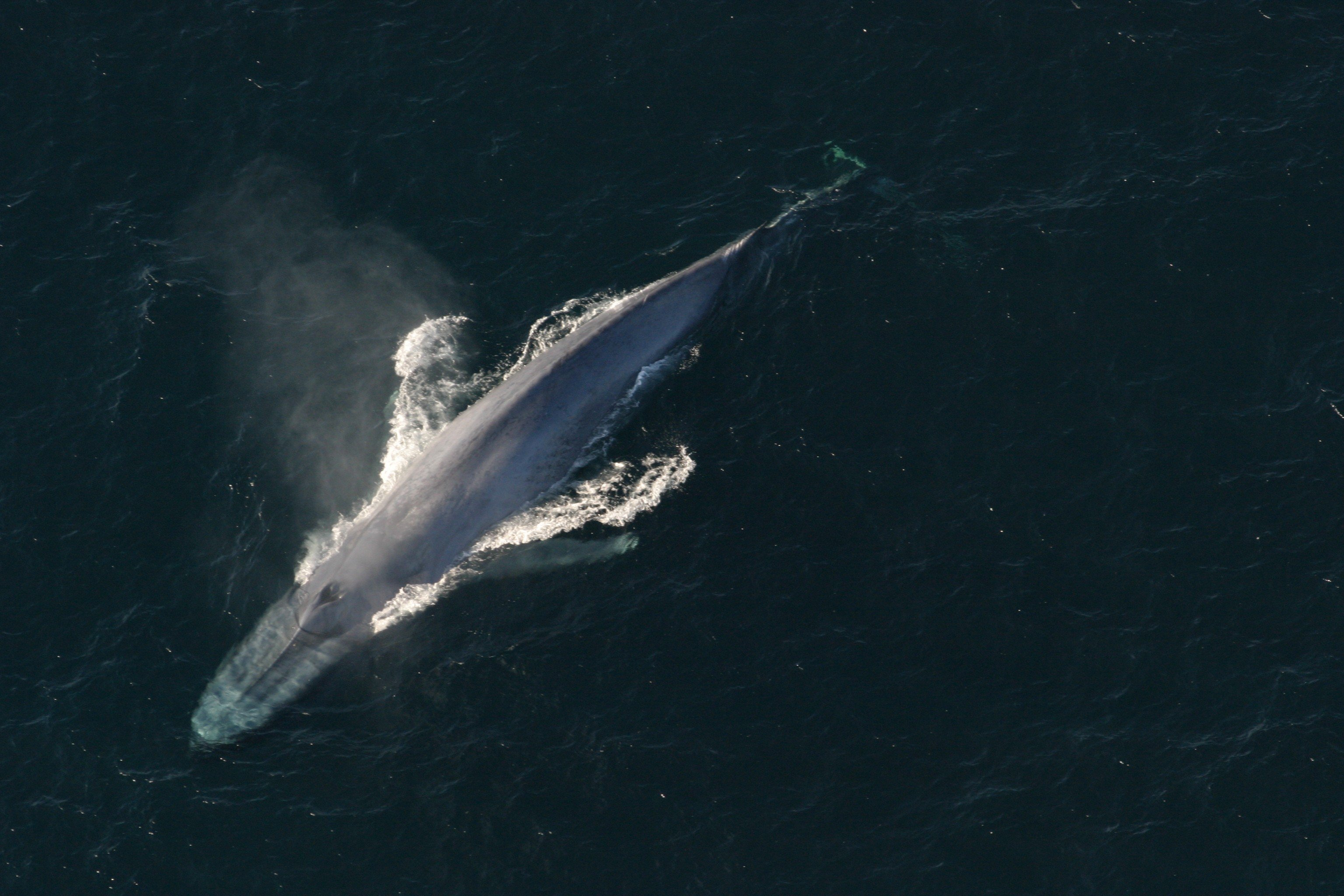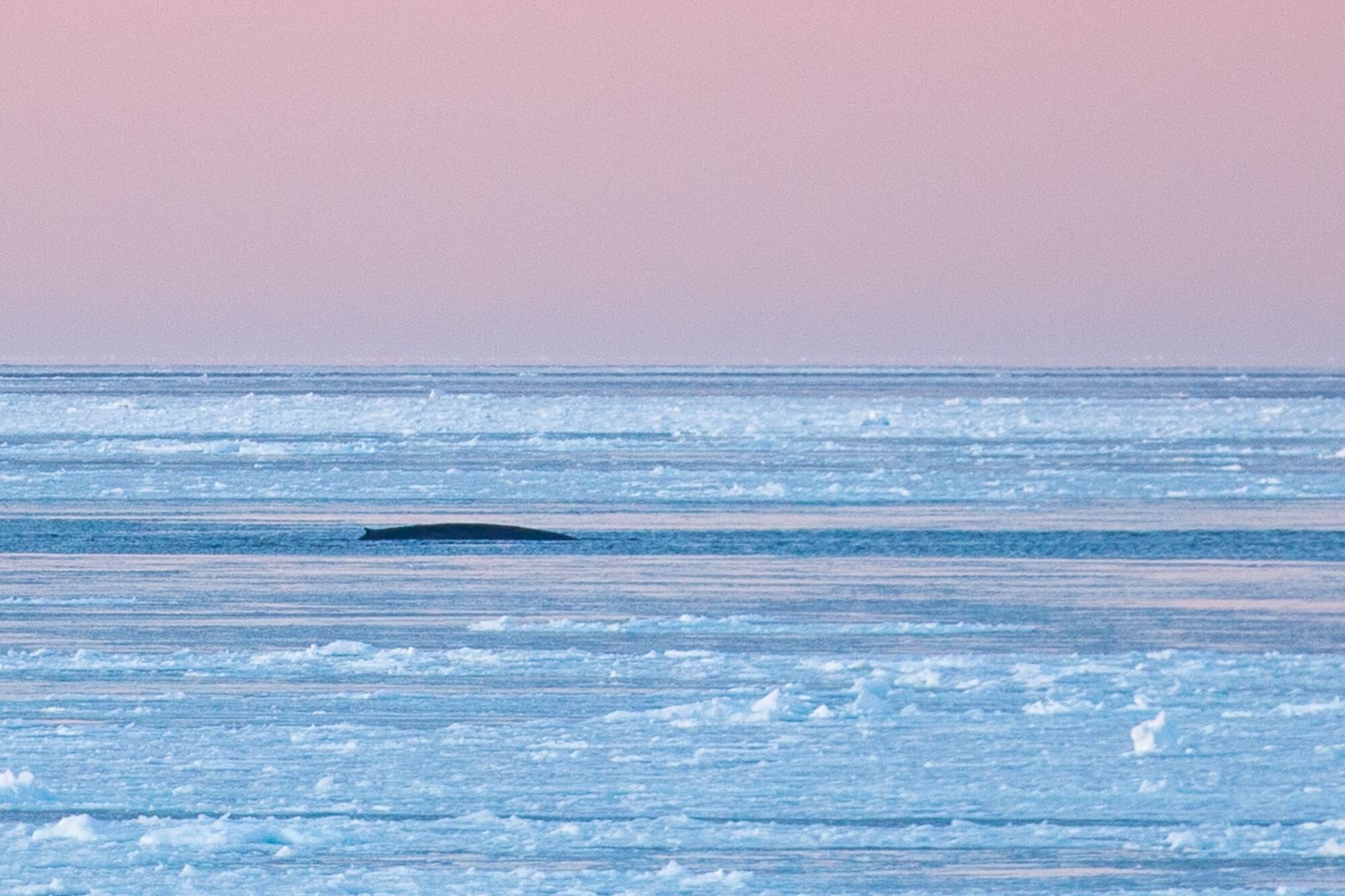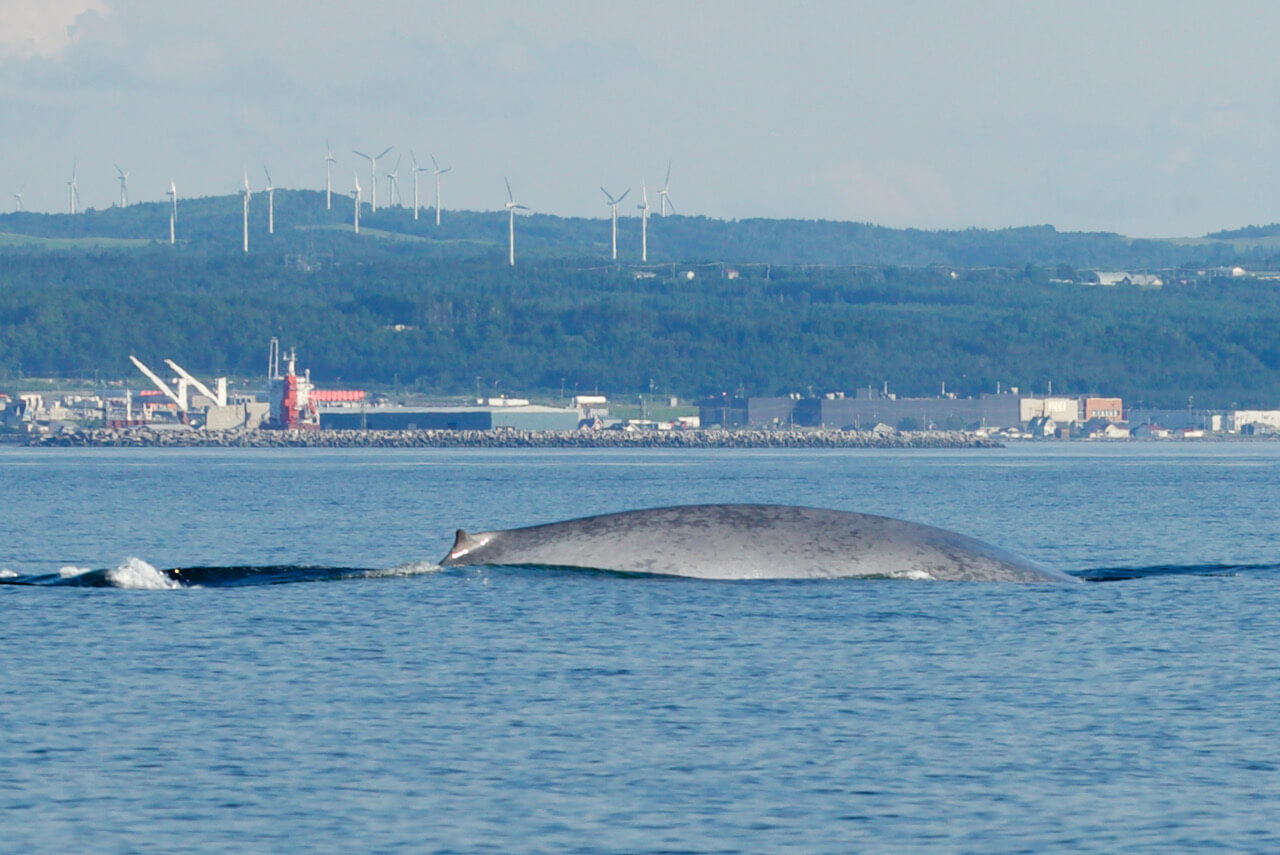It is bigger than the largest dinosaur. And it weighs roughly 25 times more than the largest living land animal, the elephant. In terms of size, the blue whale is unmatched. Even the fin whale, the second largest animal on the planet, weighs only about half as much.
Such dimensions inevitably raise the question: what drove the blue whale to the path of gigantism? Thanks to multidisciplinary studies carried out at the crossroads of archaeology, physiology and ecology, researchers are just now beginning to understand the reasons for this evolution, pointing out not only the advantages, but also the risks of such a size.
A giant hunting technique!
For Stanford University researcher Jeremy Goldbogen, the first step toward the gigantism of present-day cetaceans dates back to some 7 to 10 million years ago with the emergence of the first rorquals. Unlike other baleen whales that feed by skimming the water surface, rorquals have developed a technique known as “lunge feeding”. Thanks to their streamlined profile, their ventral grooves and the expandable floor of their mouth, rorquals can attack schools of small fish or krill, prey that are inaccessible to balaenids such as the right whale or the bowhead.
However, lunge feeding requires energy-intensive underwater accelerations that must be made profitable by large catches. Thus, “lunge feeders” have every interest in having a larger mouth to engulf more prey. They must therefore be bigger. But to nourish a bigger body, the animals need more food, and so on and so forth. This ripple effect quickly led whales on the path to gigantism.
Role of the Ice Age
But for this feeding technique to pay off, the necessary resources had to be available. This is why the size of whales did not really plateau until the advent of the last ice age, some 5 million years ago. At this time, the formation of ice caps in winter was conducive to oceanic upwellings that bring huge quantities of nutrients to the surface, thereby creating areas of high prey density.
Logically, this seasonal concentration of prey favoured the engulfment technique favoured by whales. The combination of this feeding technique with the appearance of upwelling was the magic formula behind the evolution of whales to their present-day size, concludes the research team led by Jeremy Goldbogen. “This view is supported by the fossil record, which shows that different baleen whales reached their giant size at the same time,” he writes.
An ultra-specialized whale
If this explains the size of rorquals in general, what explains the size of the blue whale in particular? In a Scientific American article, biologist Eric M. Keen puts several pieces of the puzzle together and emphasizes one particular characteristic of the world’s largest creature: its hyperspecialization. While other whales are able to hunt different types of prey, the blue whale feeds exclusively on krill.
“Krill can be superabundant, but only within certain isolated regions […]. To stumble upon booms of krill yet survive the inevitable busts, blue whales need extreme mobility and large energy reserves. They achieve these with enormous size, sleek bodies, and small, hydrodynamic flippers.” This huge body also has large fat reserves that are useful for travelling the thousands of kilometres that separate different feeding grounds.
But this gigantism has been achieved at the expense of manoeuvrability. Additionally, to effectively hunt krill and properly nourish its huge body, the blue whale compensates for the lack of agility with an even bigger mouth, and therefore an even bigger body. “[The blue whale has found itself] trapped within a tautological circle of specialization: it needs to be big enough in order to eat enough to be big. […] Ecological entrenchment has become entrapment.”
A giant with feet of clay
Where will the increase in size stop? “The maximum size of animals does not seem to be limited by physiology, but rather by the availability of prey”, emphasizes Jérôme Goldbogen. And this is the problem for our giants of the seas.
Because an ecological niche as narrow as that of the blue whale is a double-edged sword. Of course, such a large size makes the species safe from most predators on the planet – notwithstanding humans. But such a high degree of specialization makes the blue whale very vulnerable to changes in its environment. Faced with a decline in krill-rich waters (due to climate change or overfishing, for example) and the lack of accessibility of these areas (due in particular to shipping or the presence of fishing gear), is the blue whale’s gigantism a sustainable strategy? We can only hope so.









